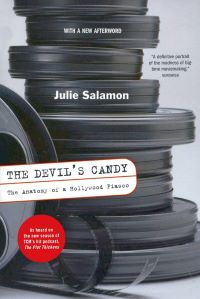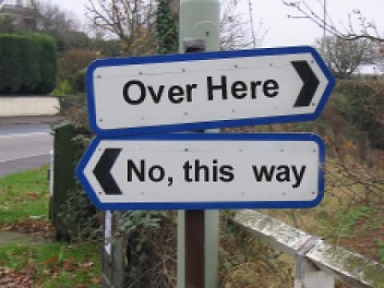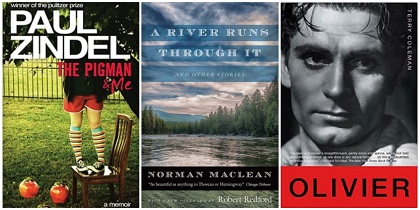Why is the journey from page to screen so fraught?

Okay, it’s official. I am certifiably deranged.
As the author of 34 self-published thrillers and mysteries, I’m now trying my hand at screenplays. Such an endeavor should come with a warning label: “Don’t try this at home.”
Some are adaptions of my books. Some are “original” screenplays based on characters in those books (with name changes to protect the innocent — and the guilty). And some are truly original (usually inspired by ideas that popped into my head in the shower; I ran dripping to the nearest piece of paper before I forgot them).
Why does this make me deranged? Look at the odds. For every 100 movies made, at least 99 of them are bad, perhaps even horrible. Some look like they came from the proverbial infinite typewriters of the proverbial infinite monkeys.
“The Bonfire of the Vanities” was a 1990 adaption of a wonderful Tom Wolfe book of the same name. The movie was a bomb. If it’d been dropped on the Middle East all those years ago, we wouldn’t have the problems we do now. The movie had a can’t-miss cast that included Tom Hanks, Melanie Griffith, Bruce Willis, and Morgan Freeman.
They missed.
It must have been the screenwriter. But, wait a minute! The screenplay was by Michael Cristofer, who won a Pulitzer Prize for his Broadway work and had a string of movie hits. (He was born Michael Procaccino in Trenton, New Jersey; I bet he wanted to change his name again after “Bonfire”!)
So, it must’ve been the director. But, wait a minute! The director was Brian De Palma. Need I say more?
Not only did the movie lose a ton of money — even after Hollywood-style accounting, which could turn the national debt into a profit — it was so bad that it spawned a 1991 book, The Devil’s Candy: The Anatomy of a Hollywood Fiasco by Julie Salamon.
What went wrong? Who knows?
My point is: Writing a screenplay ain’t easy. If it was, everybody would be doing it. But, wait a minute! Everybody is doing it! If you stop 10 strangers on the street in Los Angeles and ask how their screenplay is coming, nine will reply, “Fine.”
Okay, so maybe screenwriting isn’t that bad. With a zillion cable channels and streaming services currently available, the demand for “content” has never been higher.
But writers beware: Type “screenwriting” into Google, and a zillion how-to books will pop up. Most give you a format that must be followed, lest your effort wind up in the dreaded slush pile, never to be read, or (more likely) used as kitty litter.
Do what I do: Ignore the advice as to length, etc. Anything that comes in at 90-150 pages is fine. Just get yourself some good screenwriting software and write away. I use ARC and Final Draft. Both are inexpensive and do much of the formatting work for you.
So, if you want to turn your book into a screenplay, go for it. I have only two pieces of advice: Remember that a picture is worth a thousand words, so make your screenplay visual. And successful ones in every genre are available for free online, so study them!
Lawrence De Maria’s books and screenplays are available in print and digitally. Most are also available as audiobooks. All are on Amazon, or at www.ljdemaria.biz. He has lots of ideas, takes many showers, and is thus quite wrinkled. Or maybe that’s just old age.

